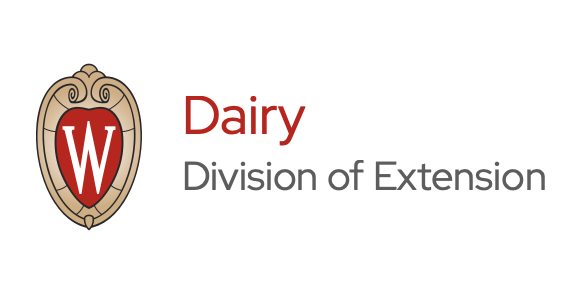Source: University of Kentucky
Feeding and management programs for dairy cows the first 2 to 4 weeks after calving have a direct and long-term impact on their health, milk production, and reproductive performance, and thus a dairy farm’s potential profitability....
Source: Michigan State University Extension, Cora Okkema
Detailed records on heifers provides opportunities for stakeholders to make well-informed management and investment decisions for the farm.
Keeping detailed records of heifer management is pivotal for dairy operations aiming for efficiency, productivity, and...
Source: OMAFRA
You can track heifer growth to make informed decisions of when to breed using simple tools
Steady growth early in life plays a crucial role in preparing a heifer for future lactations and age at first calving. Body condition...
Source: Pennsylvania State University
Milkers on today's dairy farms are not only expected to perform a lot of tasks while harvesting milk, but they should do them well, consistently, and often for an extended period of time. These tasks may include...
Dairy Revenue Protection (DRP) has emerged as a valuable asset for dairy producers in their risk management toolkit since it was first introduced in 2018. In 2020, the program reached its zenith, covering 38% of U.S. milk production. Establishing...
Source: University of Minnesota
Quick facts
Monitoring the transition dairy cow helps producers to recognize signs of trouble before it starts.
The transition period is 60 days before calving and 30 days after calving.
Transition cow management influences health, production, pregnancy...
Source: University of Wisconsin
The United States Department of Agriculture recently released additional information about the federal order to assist with developing a baseline of critical information and limiting the spread of H5N1 in dairy cattle, as well as guidelines...
Source: Pennsylvania State University
One main goal of all dairy farms is to produce high-quality, fresh, clean milk. Many management factors go into producing this wholesome product. A healthy, well-cared-for dairy animal is a top priority in achieving this goal....
Source: University of Georgia Extension
Introduction
Antibiotic therapy continues to play an important role in the control of mastitis in dairy cows. Lactational therapy is effective against Streptococcus agalactiae but less successful against infections caused by Staphylococcus aureus and other causes...
Source: The Pennsylvania State University
Sick days and vacation time are not easy to come by for many farmers, so staying healthy is a necessity. Developing and implementing hygienic practices can be beneficial for all involved in protecting humans from...











